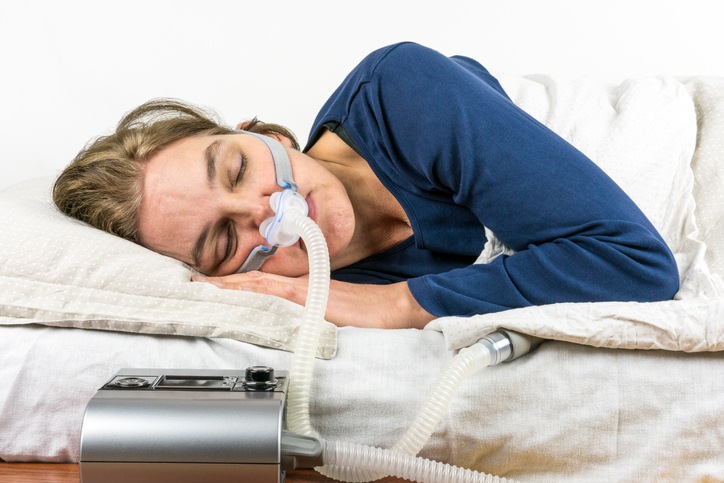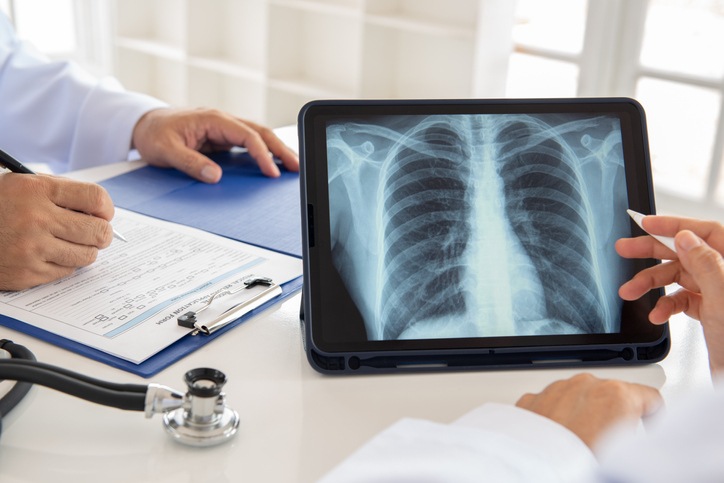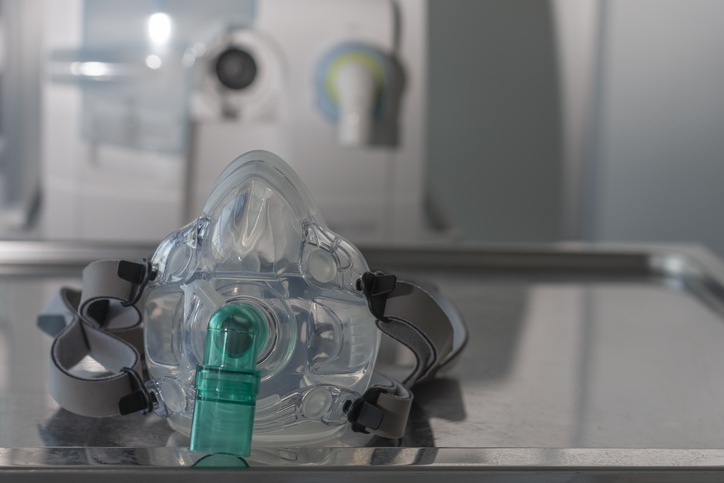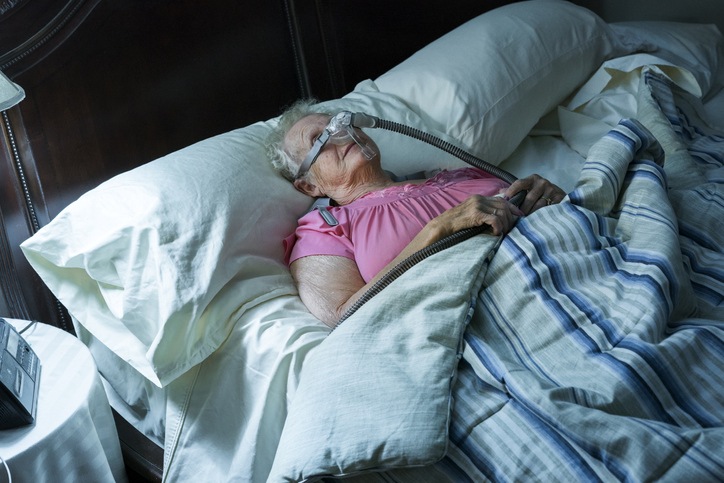
During a live discussion at the CHEST Annual Meeting 2020 titled “Sleeping Disorders – Advances Across the Diagnostic Spectrum in Sleep Disordered Breathing,” Victor E. Prado, MD, discussed in-hospital outcomes for patients with obstructive sleep apnea (OSA) undergoing surgical aortic valve replacement (SAVR) who had continuous positive airways pressure (CPAP) use during hospitalization. According to his research, CPAP use in this patient population reduced hospital length of stay (LOS) and total healthcare charges but was not associated with mortality.
“OSA is a common comorbidity in patients with severe aortic stenosis,” Dr. Prado said. “There [are] limited data regarding outcomes in patients undergoing SAVR. We aim to evaluate the effect of routine CPAP on postoperative outcomes.”
Dr. Prado and his fellow study authors retrospectively reviewed the 2017 National Inpatient Sample database for patients with OSA who underwent SAVR and had CPAP utilization during hospitalization. The main outcomes were inpatient mortality, LOS, and total healthcare charges. Additional outcomes included all postoperative complications.
A total of 10,510 patients with OSA undergoing SAVR (15%) and 54,500 patients with no OSA undergoing SAVR (85%) were identified. The majority of both cohorts were male (OSA, n=8,093 [77%]; no OSA, n=35,425 [65%]; P<0.01) and white (n=8,618 [82%] and n=41,965 [77%], respectively; P<0.01). A greater proportion of patients in the OSA group than the no OSA group had a Charlson Comorbidity Index score ≥3 (n=3,994 [38%] vs. n=16,350 [30%], P<0.01). Just under two-thirds of patients in the OSA group (n=6,621 [63%]) and 60% of the no OSA group (n=32,700) had Medicare insurance (P=0.02).
“Regarding primary outcomes, we analyzed the association between CPAP use with OSA in terms of inpatient mortality, LOS, and total health charges. When we analyzed the unadjusted odds ratio (OR), we didn’t find any association with mortality, but we did find the association with LOS and total health charges. After adjusting the OR, that association was still present in LOS and total health charges. There was still no association with inpatient mortality,” Dr. Prado said.
“Regarding secondary outcomes, once again, we analyzed the association between CPAP use and, mechanical ventilation needs, mechanical ventilation need for more than 96 hours, and shock. When we calculated the adjusted OR, we found that there was a significant association between CPAP use and lower mechanical ventilation need. There was also an association between lower need of mechanical ventilation for longer than 96 hours, but there was not [an] association with shock.”
Dr. Prado and his coauthors concluded that routine CPAP use in patients with OSA undergoing SAVR was correlated with a lower need for and duration of mechanical ventilation, shorter hospital LOS, and lower total hospital charges.
“There was no difference in mortality during the index admission,” Dr. Prado concluded.







 © 2025 Mashup Media, LLC, a Formedics Property. All Rights Reserved.
© 2025 Mashup Media, LLC, a Formedics Property. All Rights Reserved.